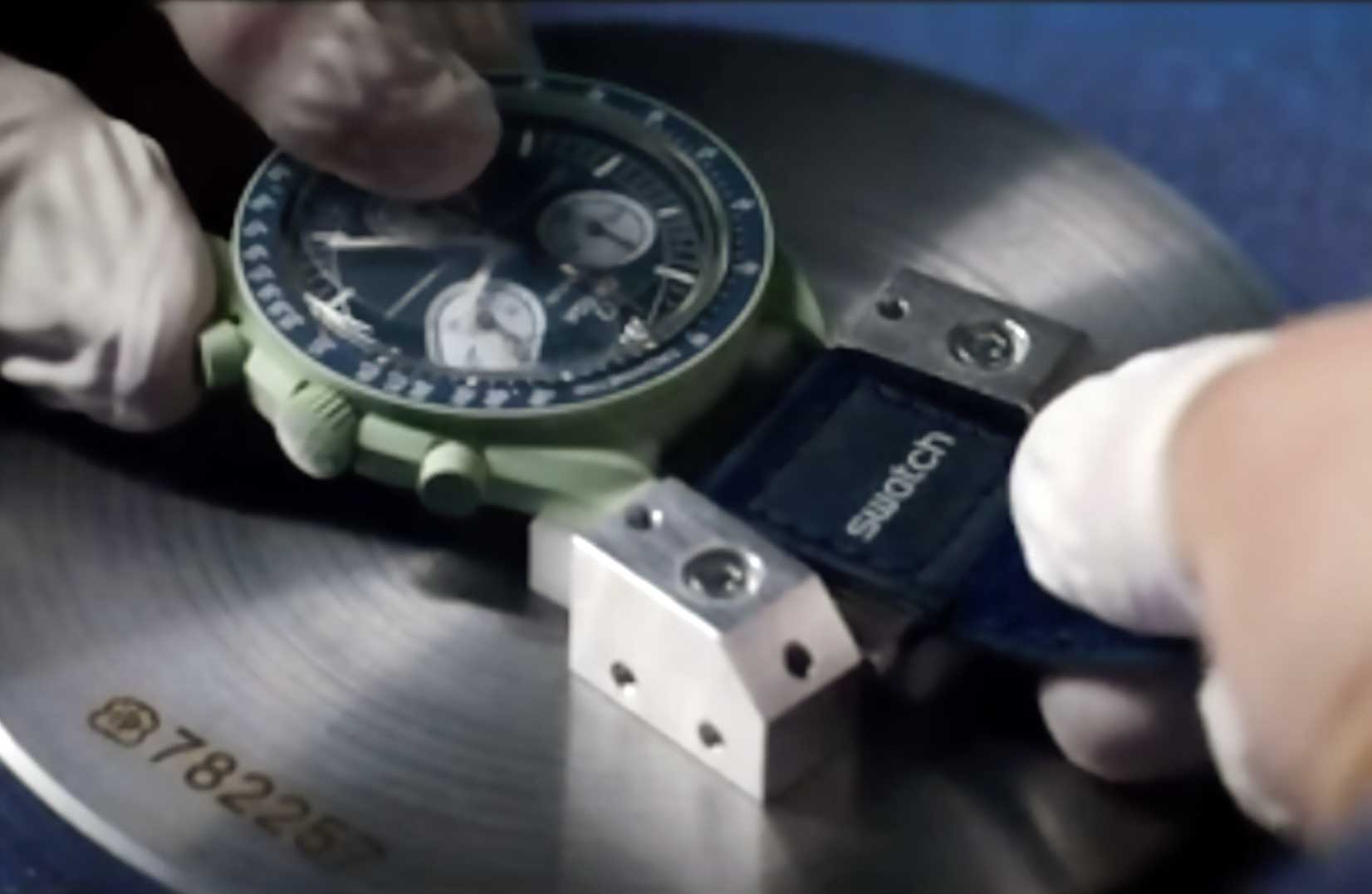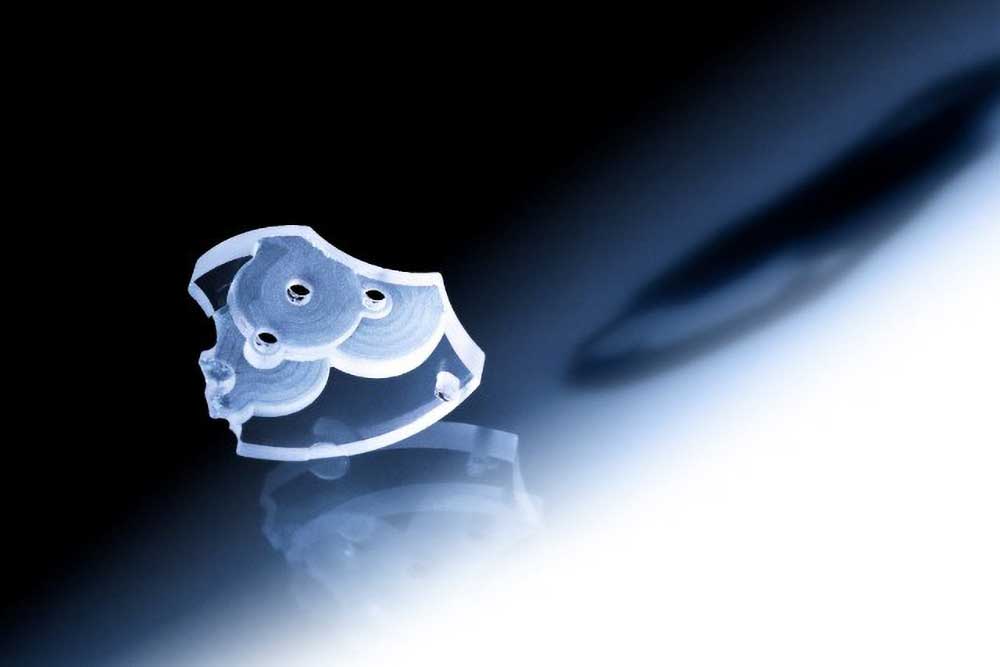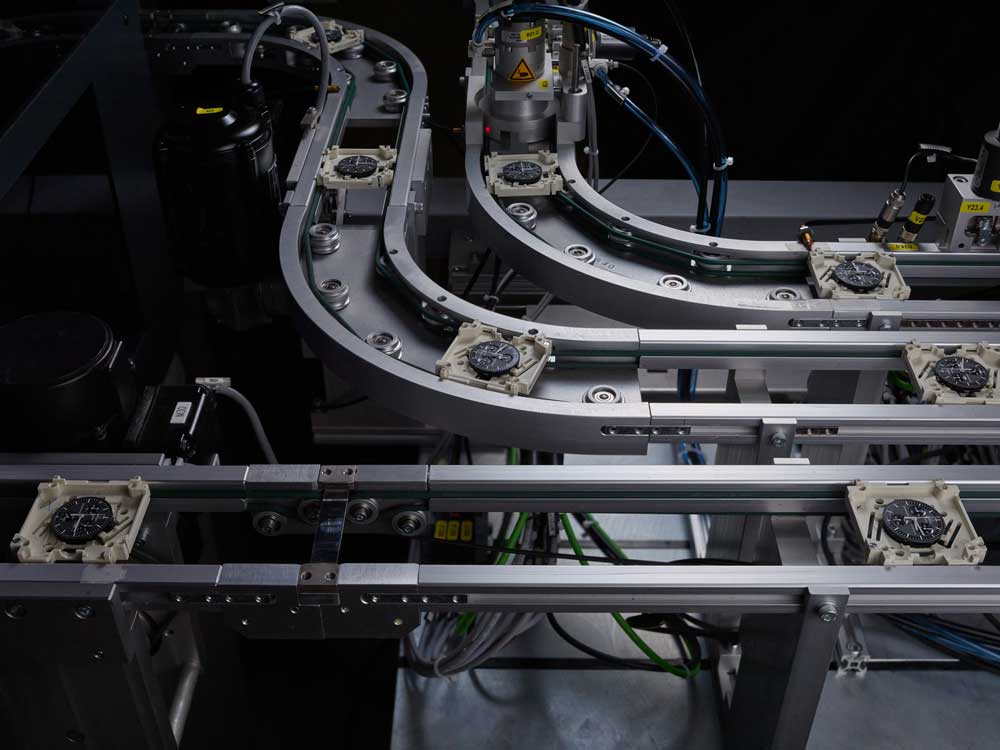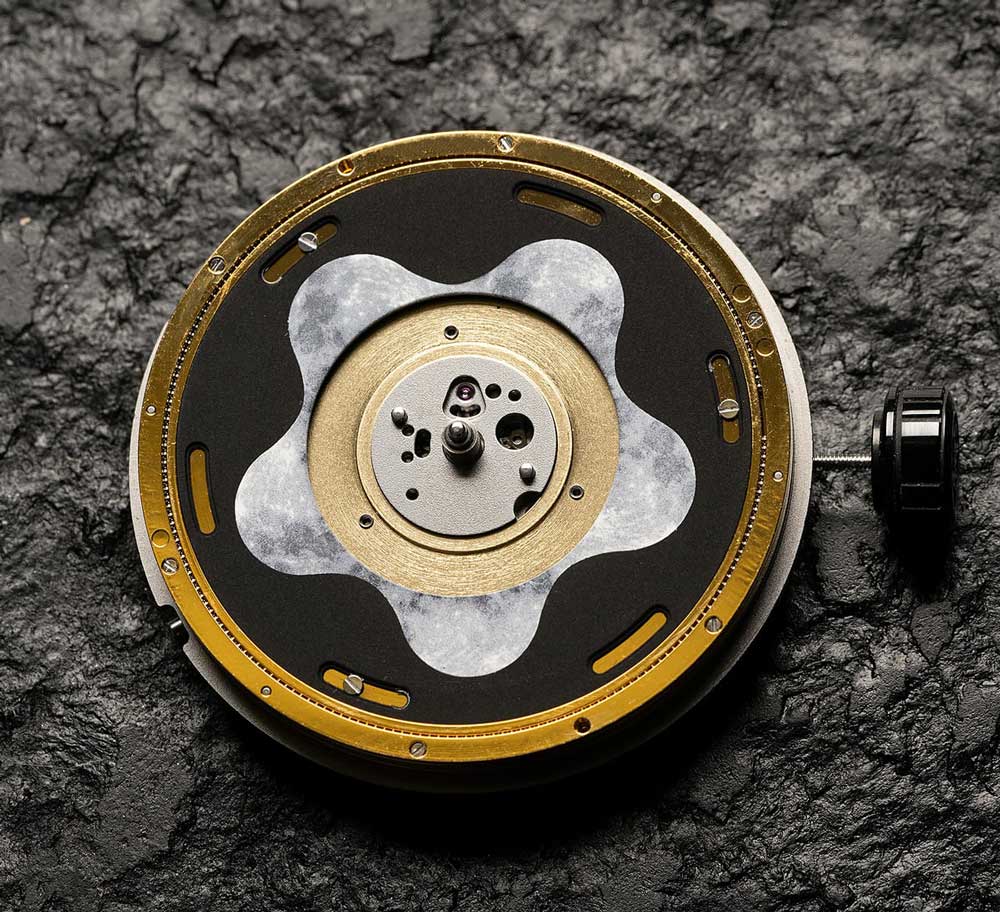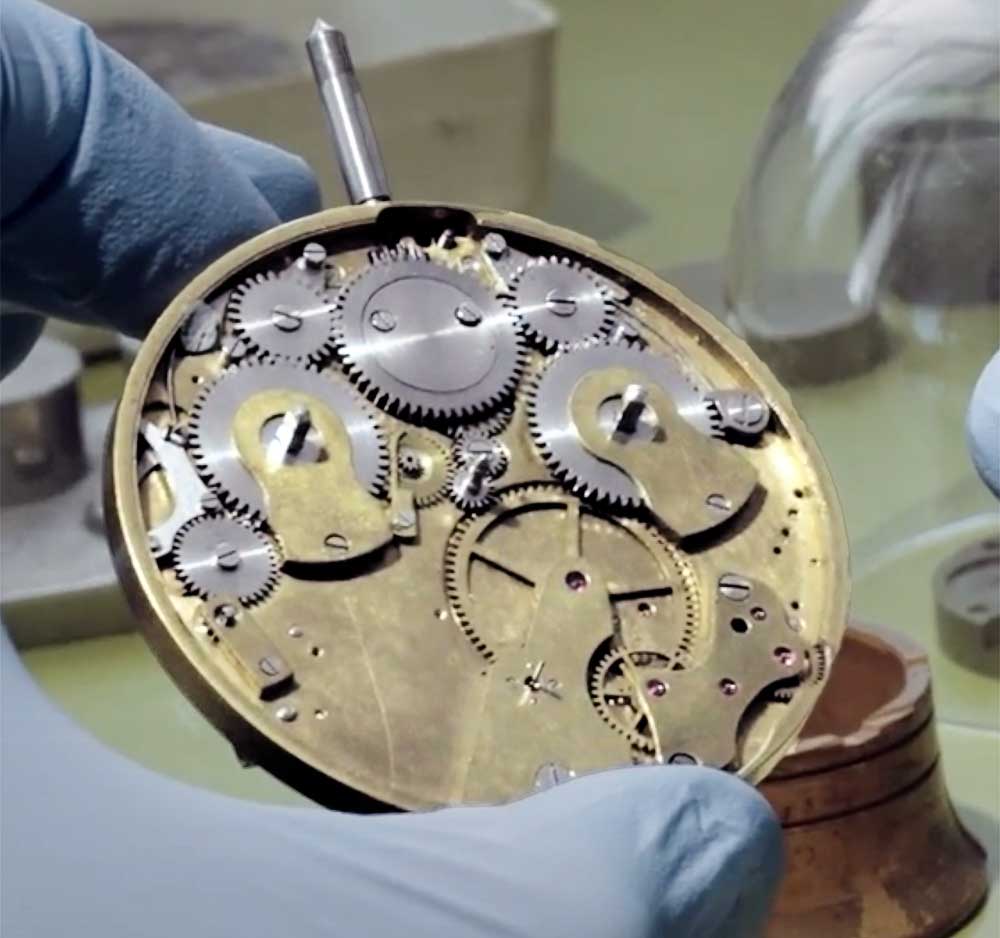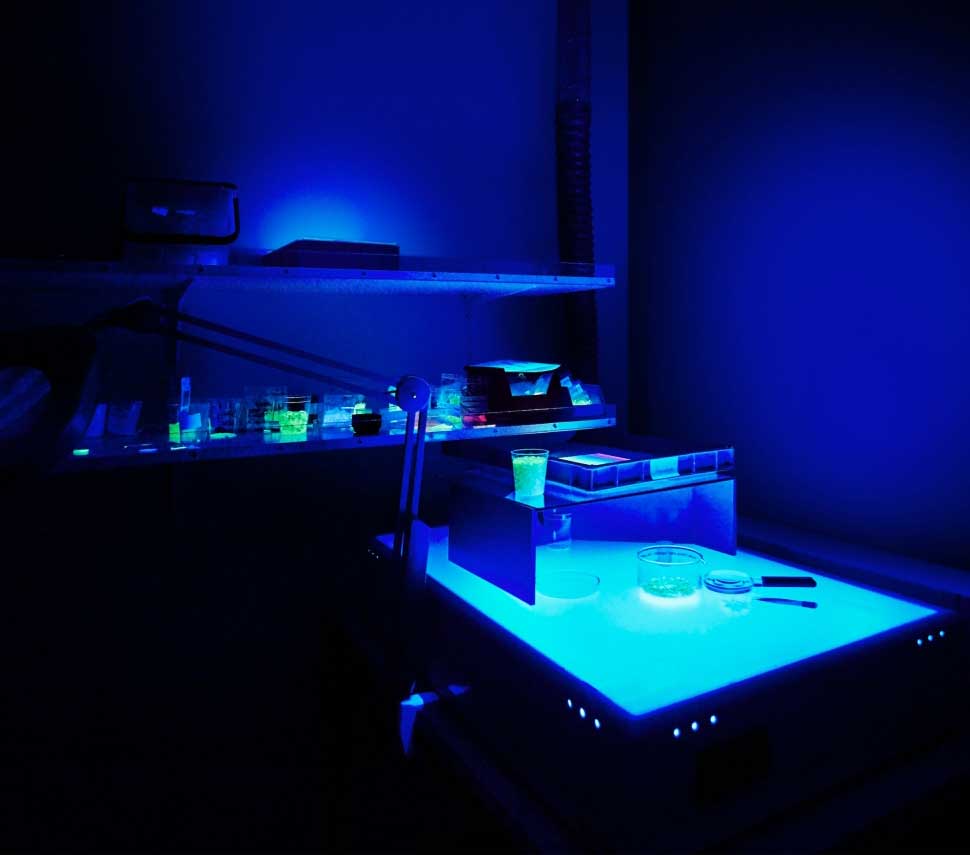
Recycling Tritium
Mb-microtec has pioneered the world's first “closed product life cycle from production all the way to recycling” for radioactive tritium gas used in timepieces and other gear that require enduring and dependable, battery-free self-illumination.
Limited exclusively to Switzerland for the time being, this is nevertheless a superb example of responsible resource stewardship.

Molecular Formula for Epilame
C18H36O2, also known as stearic acid. The original epilame surface treatment used in watchmaking.
Visualized by the delightful molecular wallpaper generator, Avogadr.io.
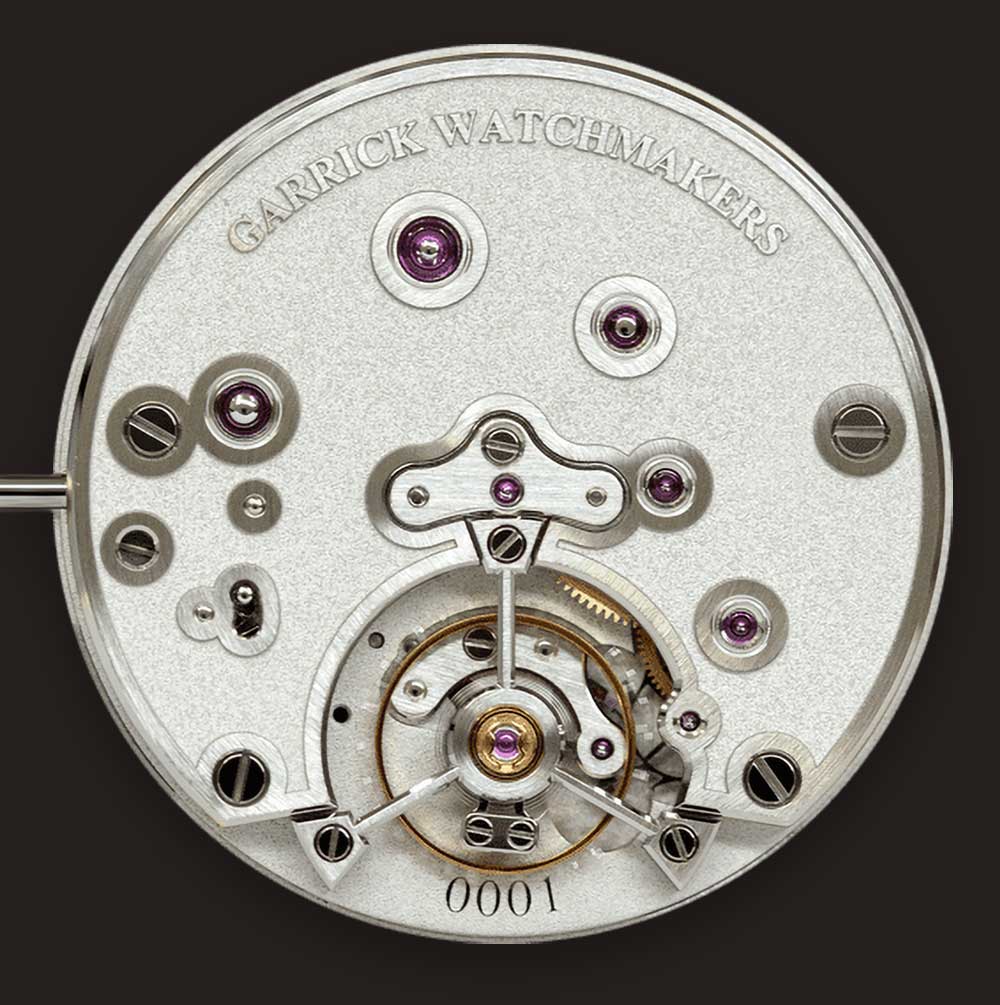
Garrick UT-G05
The latest caliber to come out of Garrick Watchmakers, debuting in their S5. Given Andreas Strehler's involvement in their prior UT-G series of calibers, I would surmise he played a key role in its development. The trilobe balance bridge is reminiscent of his trans-axial tourbillon.
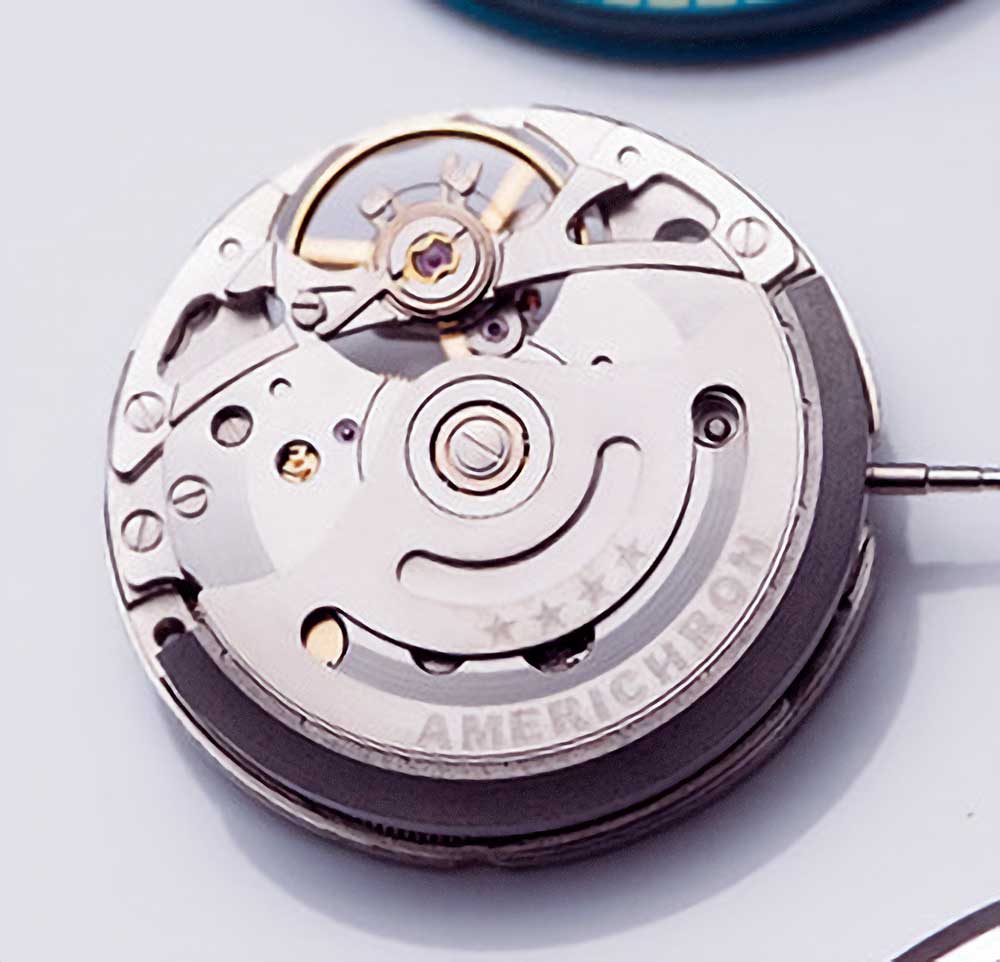
Americhron
The 7000 series, automatic watch calibers in the Americhron line are assembled in the USA at FTS, from parts crafted in India by one of its sister companies under the Tata Group, which also owns one of India's most dominant watch brands, Titan.
The full balance bridge is a nice touch.
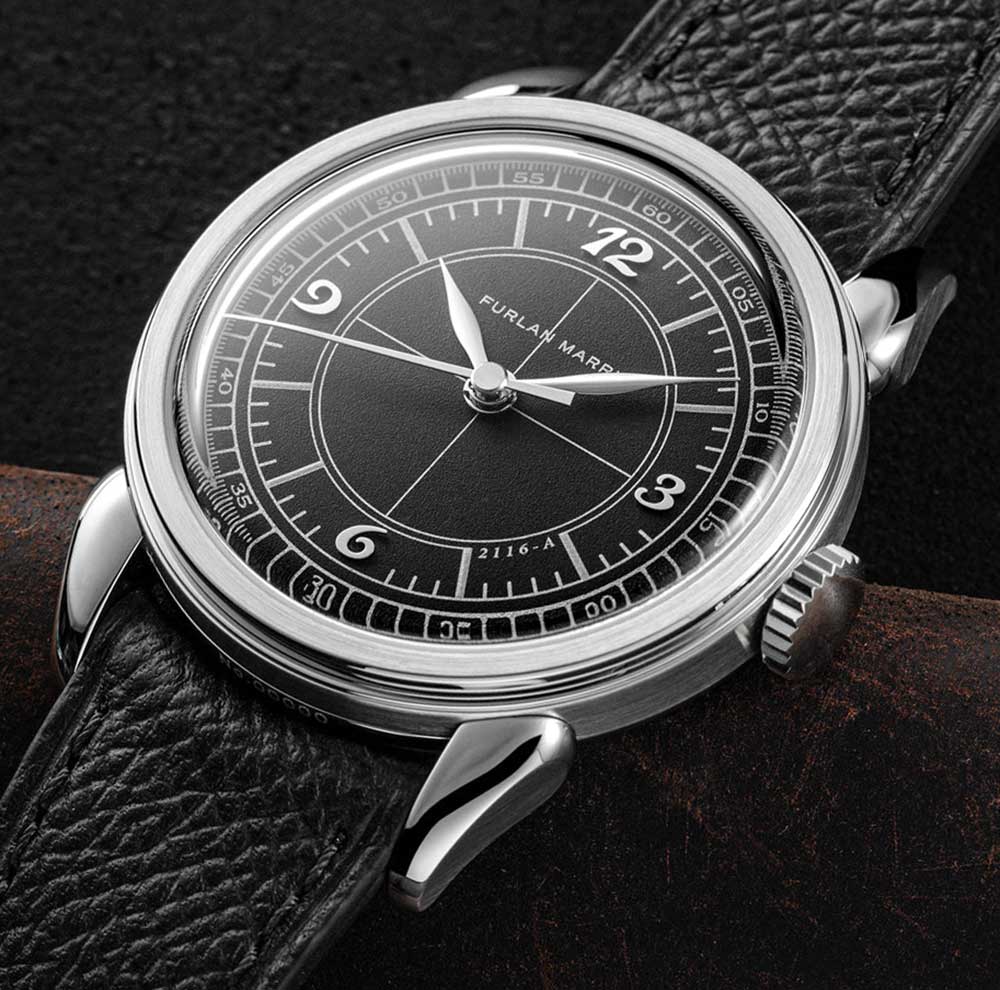
Furlan Marri Black Sector
Andrea Furlan and Hamad Al Marri are back with a new, vintage-inspired timepiece.
Foregoing the mechaquartz route this time around, it's more expensive and less featureful than its predecessors, but still serves up impressive value in the current mechanical watch landscape with execution at this level.
Powered by the Japanese-designed, Swiss-made La Joux-Perret G100 caliber, it boasts a 68 hour power reserve, which is appreciably longer than the 48 hour power reserve of the Miyota 9015 that the G100 is based on and likely accounts for the slightly thicker movement architecture. While Furlan Marri could have opted for a less expensive caliber, it's always a welcome touch to have a power reserve long enough that you could take the watch off on a Friday night and still find it running with a reasonable amount of reserve when you go to put it back on the following Monday morning.

Mecascape
A smartphone-sized pocket watch concept from Code41.
It's worth noting that a physical prototype doesn't actually exist yet. While certainly a conversation piece, of the coffee table book variety, I will be sincerely surprised if there proves to be a longterm market for a product like this.
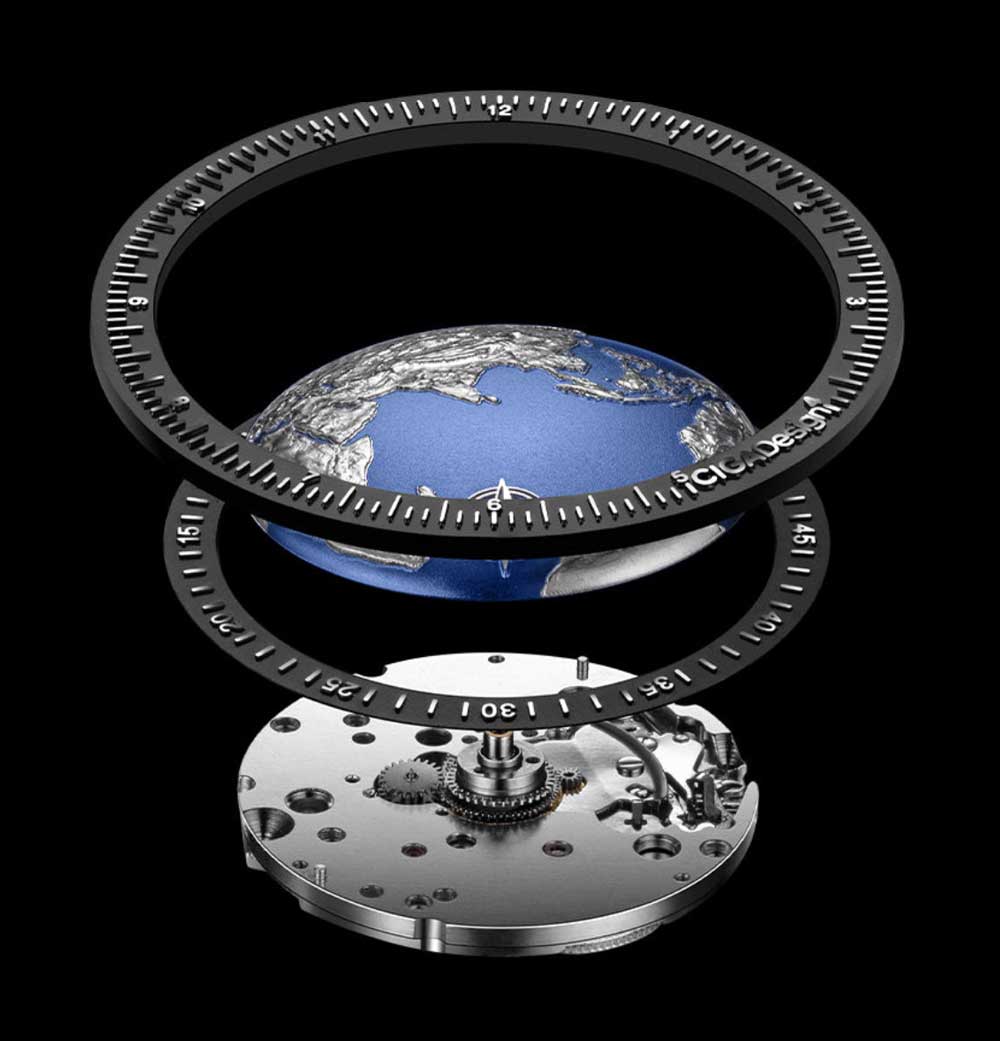
The World on Your Wrist
While the down-to-earth pricing of Moonswatch quickly went stratospheric after launch thanks to the extreme disparity between supply and demand, CIGA Design's Blue Planet remains available and affordable. With a domed sapphire crystal that mimics the atmosphere and a three-dimensional rendition of the earth that serves as the hour hand, coupled with a novel indicator for the minutes, the Blue Planet watch provides laudable design and horological value. At $929 USD for the stainless steel version, this just might be the least expensive way to get into a Grand Prix d'Horlogerie de Genève winning timepiece that is still available for sale.
It's also worth noting that this timepiece is the first ever made in China to win the Swiss GPHG Challenge prize.
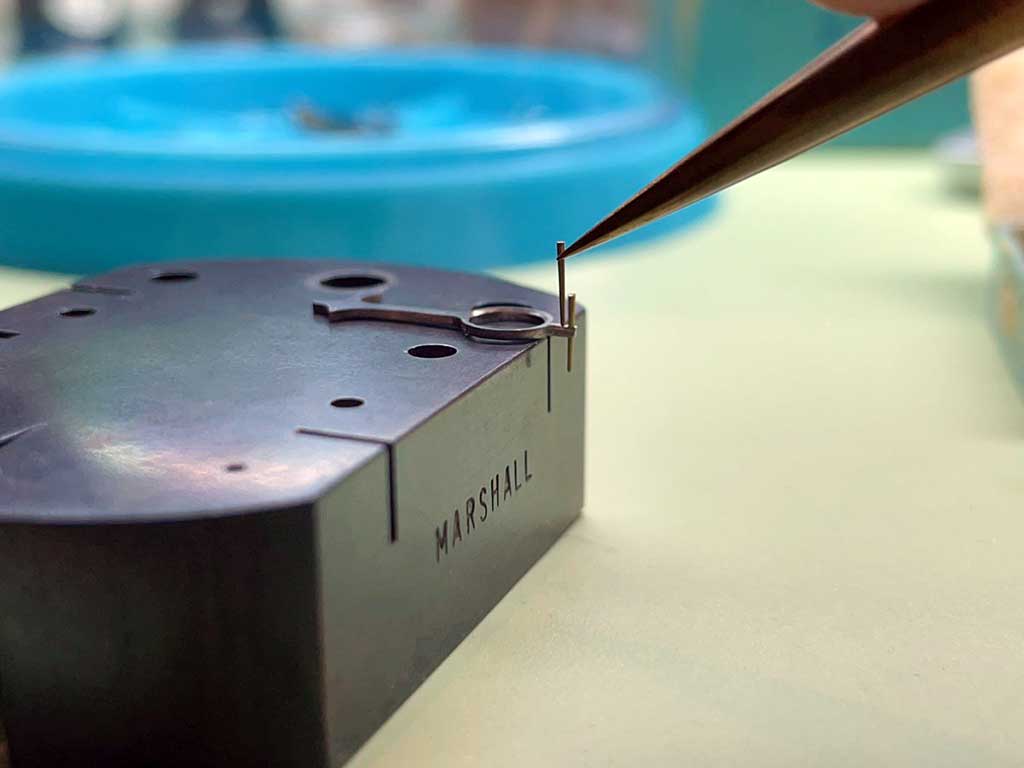
Slim Rivets
A fellow watchmaker once asked me if I knew what the slits in a riveting stake were for. I finally found a good answer—while crafting my horological arch-nemesis, no less.
Turns out, they're great for supporting the slender steel peninsula, which holds the regulating pins on a pin regulator, when securely affixing the pins in place. After slipping both pins through their respective holes, nest the pins into an appropriately-sized slot and drive them home.
Thankfully, most of the timepieces that cross my bench have no need for a pin regulator at all, let alone require making a replacement, as they are generally free-sprung. So the use case is rare. However, every so often a historically important timepiece comes along that warrants the work.
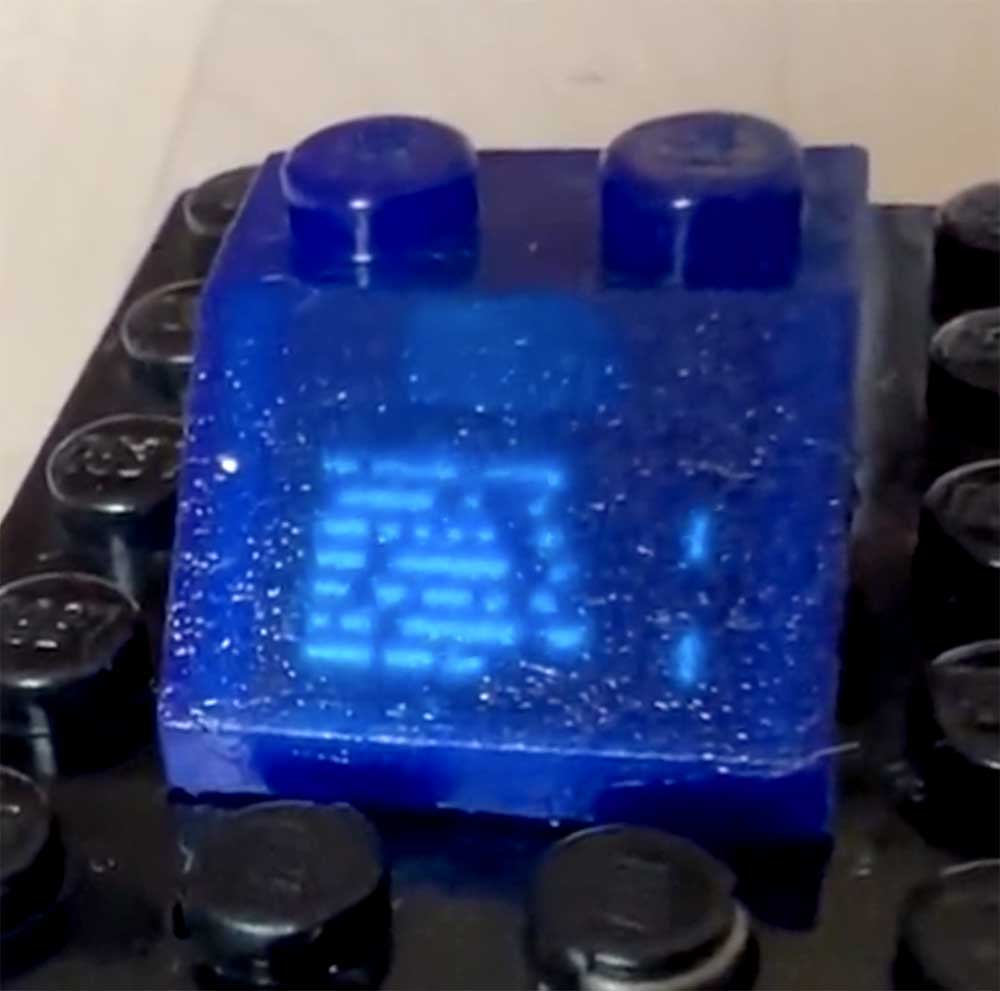
Functional Lego Display
This fully-encapsulated OLED display inside of a run-of-the-mill-looking 2x2 sloped Lego brick, powered by a standard 9V Lego battery brick, is remarkable.
Created by James Brown using a slightly modified STM32F030F4P6 Cortex M0 processor, with 16K of flash memory and 4K of RAM, paired with a 0.42" QT1306P82 OLED panel. The final brick form itself is achieved through a combination of 3D printing and what appears to be a polyurethane casting technique (using Lego molds, no less) popularized by Keymacs.
